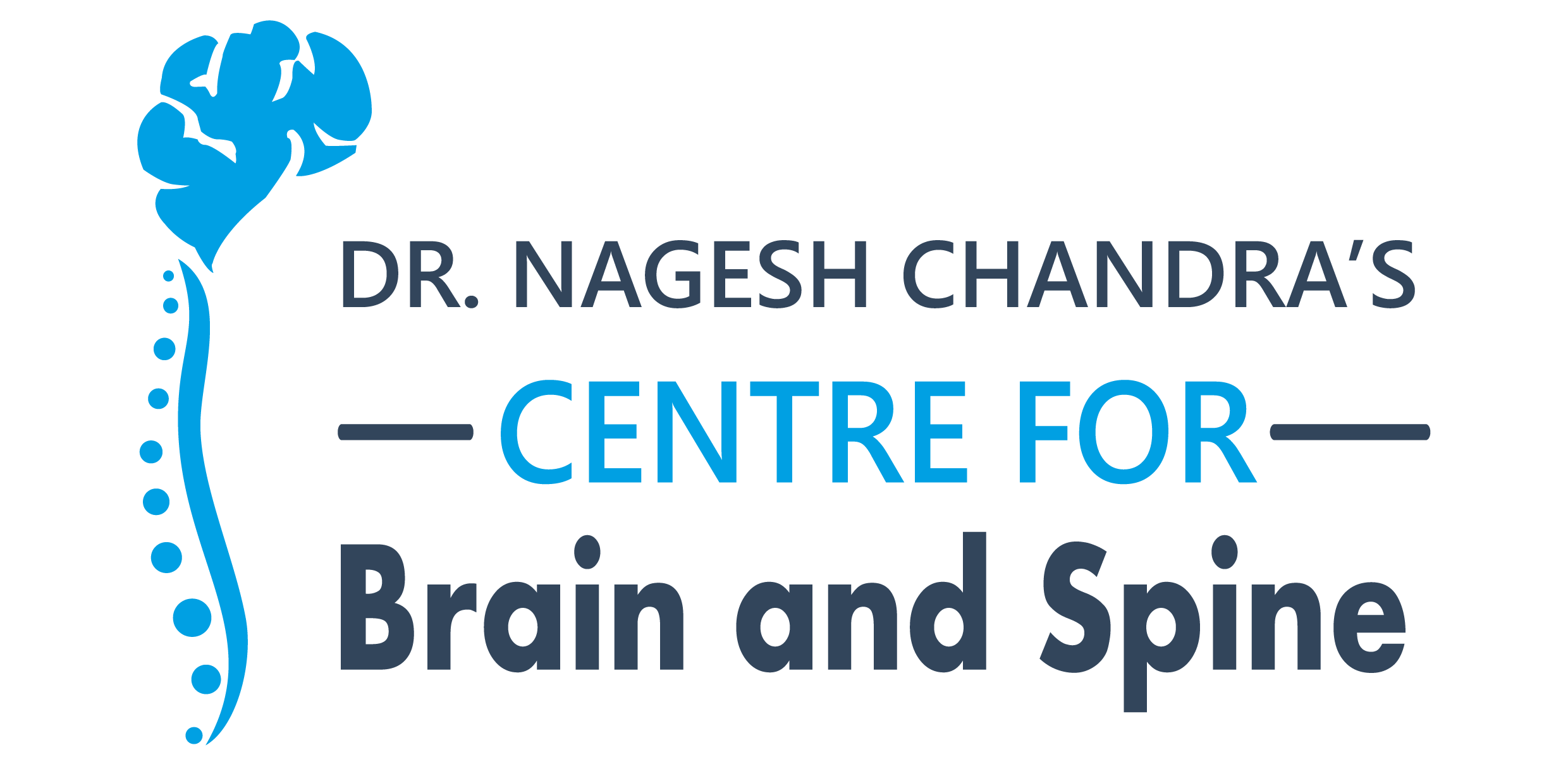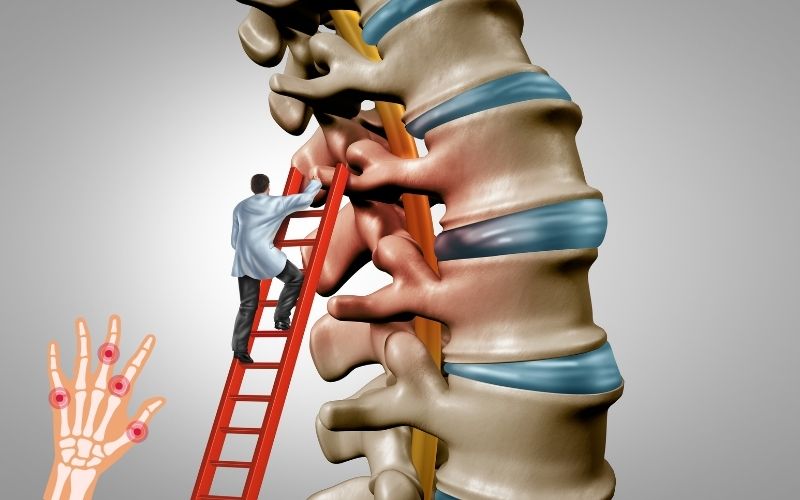Hirayama disease is a rare neurological condition that affects young adults, particularly males, during adolescence and early adulthood. Though not well known to the general public, it often causes concern among patients and their families. One of the most common questions asked is about life expectancy after diagnosis
In this article, we explore the symptoms, prognosis, treatment options and the long-term outlook of individuals with Hirayama disease. We aim to give clear, accurate and reassuring information that helps both patients and caregivers understand this condition better
What Is Hirayama Disease?
Hirayama disease is a type of juvenile muscular atrophy that affects the lower motor neurons in the cervical spine. It leads to weakness and wasting of muscles in the hands and forearms. Unlike many other neurological disorders, Hirayama disease is non-progressive after a certain period. That means the symptoms tend to stabilize over time
The disease is named after Dr. Keizo Hirayama, a Japanese neurologist who first described it in 1959. It is more commonly found in Asian countries, including India and affects boys more than girls, usually between 15 and 25 years of age
Major Hirayama Disease Symptoms
The first signs often begin with a slow and gradual loss of strength in one hand or arm. Over time it may affect both sides. Here are some of the most reported Hirayama disease symptoms:
- Weakness in the fingers and forearms
- Visible thinning of hand and arm muscles
- Difficulty gripping or lifting objects
- Jerky hand movements or twitching (fasciculations)
- Cold-induced muscle stiffness
The symptoms usually get worse in the first few years, especially during the growth phase in adolescence and then tend to stop progressing
How Is Hirayama Diagnosed?
Doctors diagnose Hirayama disease by using a combination of clinical evaluations and imaging tests. An MRI of the cervical spine, especially in flexion (bending forward), helps detect spinal cord compression. Electromyography (EMG) is another tool that records electrical signals from the muscles and shows lower motor neuron involvement.
It is important to differentiate Hirayama disease from other conditions like ALS (Amyotrophic Lateral Sclerosis) or syringomyelia, which may have overlapping symptoms but differ widely in progression and outcomes.
Disease Progression and Stabilization Phase
Unlike many other neuromuscular disorders Hirayama disease does not usually lead to full-body paralysis or breathing problems. The disease typically follows a monophasic course. This means that it worsens over a few years usually 3 to 5 and then becomes stable. After this period, the symptoms stop progressing
For many patients, the weakened muscles may never recover completely, but they do not continue to deteriorate. As such, the condition is often called “self-limiting.” Patients adapt to the weakness, and most are able to return to regular routines with some modifications.
Impact on Daily Life
Even though the disease affects hand function patients usually retain independence in daily tasks. For some the condition may interfere with specific occupations that require fine motor skills. For instance, artists, surgeons or mechanics may face more challenges than others. But most individuals find ways to adapt using the unaffected hand or assistive devices
There are students and the professionals who initially develop some problems with writing or typing, but with therapy and mediatory devices they work further in their education and get successful career. The longterm effect therefore is more of an adjusting rather than a disability effect
Hirayama Disease Life Expectancy: What the Data Shows
Now let’s address the main concern: life expectancy.
Clinical studies and neurosurgeons and neurologists suggest that Hirayama disease does not affect lifespan. Since it is not a degenerative or fatal condition, most patients live normal, healthy lives. The disease affects only a specific set of nerves and does not involve the respiratory or cardiac systems
Thus with proper care, lifestyle management and a positive mental approach, patients can lead full lives. In fact many people with the condition are able to get married, raise families and pursue fulfilling careers
Hirayama Treatment Options available in Delhi
There is no single cure for Hirayama disease, but early treatment can reduce the severity of symptoms and prevent further damage.
Cervical Collar
Wearing a cervical collar, especially during the early years of the disease, can reduce neck flexion and help prevent spinal cord compression. Doctors usually recommend using it for several hours daily
Physiotherapy
Targeted physiotherapy improves strength and function in the affected muscles. It also helps patients avoid stiffness and reduce pain. In some cases occupational therapy may be advised to train the unaffected muscles to compensate for lost function
Neurosurgery for Hirayama disease in Delhi
In cases that are severe and rare a surgical intervention might be necessary. Such procedures as anterior cervical fusion or duraplasty are performed in order to decongest the spinal cord. These are only suggested in cases when non-surgical interventions do not work or when the individual keeps progressing past a window frame required
Emotional and Psychological Aspects
Like many chronic conditions, Hirayama disease can affect mental health especially among teenagers. The uncertainty and physical limitations can cause anxiety, low self-esteem or even depression
Family support, counselling and peer support groups play an important role here. Open conversations and encouragement help patients cope with the emotional aspects of living with a visible difference in physical ability
Importance of Early Diagnosis of Hirayama Disease
Early detection allows timely intervention, which can slow the progression and prevent permanent muscle damage. Parents, school teachers and general practitioners should be aware of the early signs to refer the patient to a neurologist in time
Especially in cities like Delhi, where healthcare is more accessible, consulting the best neurosurgeon in Delhi or visiting a facility that provides neurosurgery treatment in Delhi can make a significant difference in outcomes
When to See a Neurosurgeon in Delhi
Although the initial steps of the diagnostic process can be made by general physicians, the restaging, imaging, and long-term planning of the issue require consulting a neurosurgeon in Delhi. These experts are more helpful in advising on which treatment option (surgical or conservative) would be more effective according to the patient.
In India, there are also several advanced centers with specialized teams in neurosurgical practices and neurology to treat such conditions that are rare.
Hirayama disease may sound scary at first, but once you understand its course, it becomes easier to manage. With no impact on life expectancy and a predictable pattern, most patients live productive and normal lives
Early detection, supportive care, therapy and medical advice play key roles in shaping outcomes. For those seeking the best care, the Center for Brain and Spine Clinic in Delhi offers specialized treatment with advanced diagnostics and expert consultations. Whether you need a cervical MRI, surgical evaluation, or physiotherapy guidance, our team ensures that every patient receives holistic care.
Living with Hirayama disease may involve some adjustments, but it does not define your future. With awareness and timely action, you can thrive, adapt, and lead a fulfilling life.

